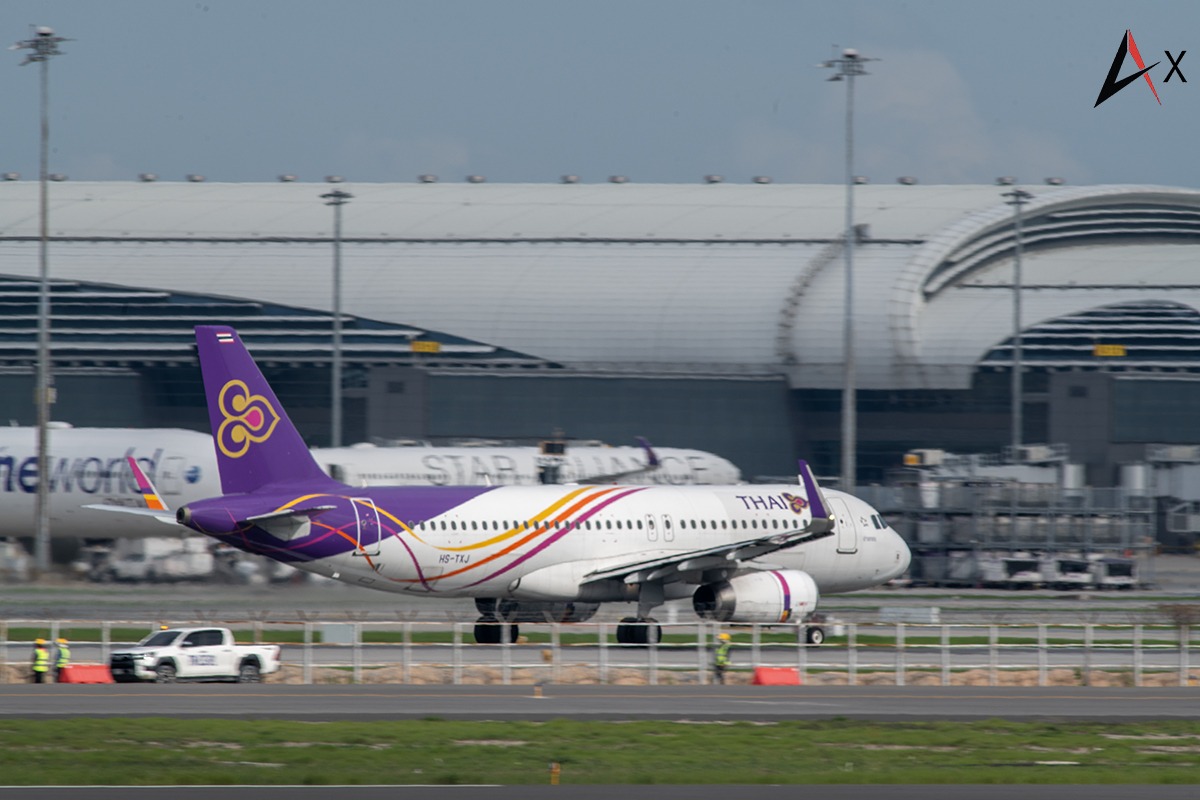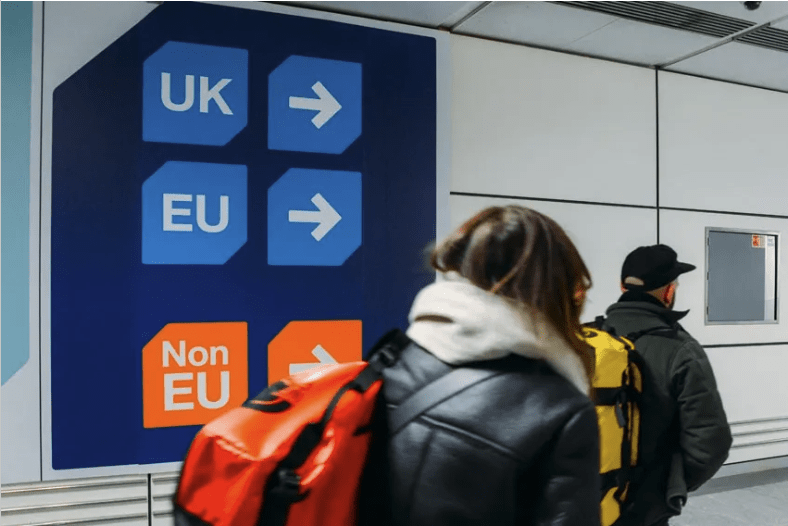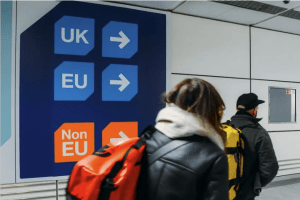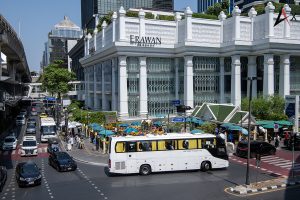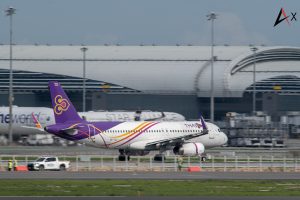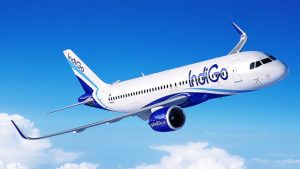Thai Airways International (THAI) is launching its “Fly for the New Pride” campaign, marking a fresh chapter after a lengthy journey of business rehabilitation. With its debts significantly reduced and new revenue strategies in place, the airline is preparing for a return to the Stock Exchange of Thailand (SET), ready to take on the future of travel.
Celebrating 65 years of service, THAI has slashed its liabilities from around 400 billion baht in 2020—when creditors initiated bankruptcy proceedings—to approximately 80 billion baht today, according to CEO Chai Eamsiri. The remaining debt will be paid off gradually through 2036, with annual payments manageable enough to keep the airline flying high. For 2025, THAI has allocated about 10 billion baht in liquidity reserves to service its debt.
As part of its recovery, THAI has sold off assets valued at 10 billion baht—including land, buildings, and aircraft—and trimmed its staff from nearly 30,000 to 14,000, saving costs and boosting efficiency. The airline plans to keep staff expenses at around 13% of total costs, with no plans for further layoffs, ensuring it remains competitive in the global aviation market.
In 2024, THAI generated total revenues of 188 billion baht, a 16.7% rise compared to the previous year. While it posted a net loss of 26.9 billion baht, this was primarily due to a one-time accounting loss of 45.3 billion baht from converting debt into equity—a move finalized in November 2024. Much of this loss stemmed from creditors exercising conversion rights at lower-than-fair-value prices, along with early debt repayments.
“Despite the challenges, the airline has been profitable operationally over the past two years, with revenues returning to pre-COVID levels even with about a 20% capacity reduction,” Chai explained. To offset lingering losses, THAI reduced the par value of its shares from 10 to 1.3 baht, aligning its finances with its rehabilitation goals.
The airline also raised 76 billion baht through a combination of debt-to-equity swaps and a rights offering, turning shareholder equity into a surplus. These financial strides are paving the way for THAI to seek court approval to exit rehabilitation in the second quarter, with a plan to relist on the SET by July—restoring its ability to raise capital and build investor confidence.
FLEET GROWTH AND REDEFINING THE ROUTES
Chai shared details of orders for 45 Boeing 787-9 Dreamliners, with an option for an additional 35 aircraft based on market conditions. Currently operating 79 aircraft—down from 103 pre-pandemic—THAI plans to begin deliveries of the new fleet from mid-2027, expanding gradually over the next decade. The ultimate goal: a fleet of 150 aircraft by 2033, boosting capacity and extending its reach across the globe.
“New aircraft will be crucial for our growth, especially as global travel demand surges,” Chai emphasized. While recovery in the Asia-Pacific region, particularly China, remains slow, other markets are expected to bounce back next year, opening new opportunities for travel.
Later in 2025, THAI will receive three leased Airbus A321 Neos—one wide-body and two narrow-body aircraft—and plans to add more aircraft in 2026, including four wide-bodies and 15 narrower jets, aiming to restore its pre-pandemic capacity and serve more travelers.
EXPANDING NEW REVENUE CHANNELS
To enhance its role in regional travel, THAI has partnered with Airports of Thailand to promote Bangkok as a global transit hub. By offering curated stopover packages—including itineraries, accommodations, and activities—THAI aims to entice longer layover travelers, encouraging tourism and increasing airline revenue.
The airline also signed an MOU with Bangkok Airways to develop a 10-billion-baht aircraft maintenance center at U-tapao Airport, targeting Thailand’s emergence as a regional aviation maintenance hub amid rising demand. Additionally, THAI plans to develop a new cargo facility at Suvarnabhumi Airport, which is nearing full capacity, as well as expand its food retail offerings to diversify income streams. The company is exploring joint ventures to support these projects, aligning with market needs.
Operationally, THAI’s winter 2025 flight schedule will cover 64 destinations, with 883 weekly flights—providing more options for travelers and accommodating increasing passenger demand. The airline anticipates obtaining court approval to exit its rehabilitation process by early summer and aims to relist on the SET shortly afterward, boosting corporate governance and access to future funding.
“Listing on the stock exchange will give us more opportunities for investment and ensure we operate with strong management practices,” Chai concluded.
For travelers, this signals a renewed Thai Airways ready to reconnect the world, offering more destinations, better service, and a stronger presence in the global
